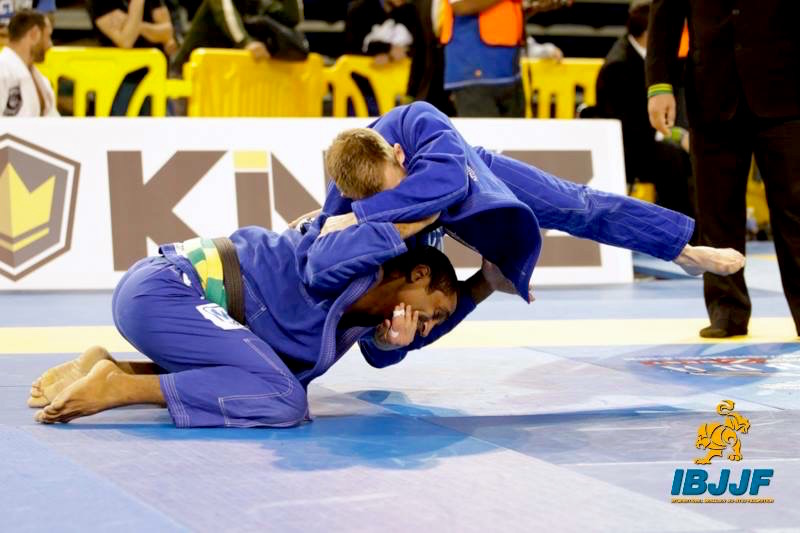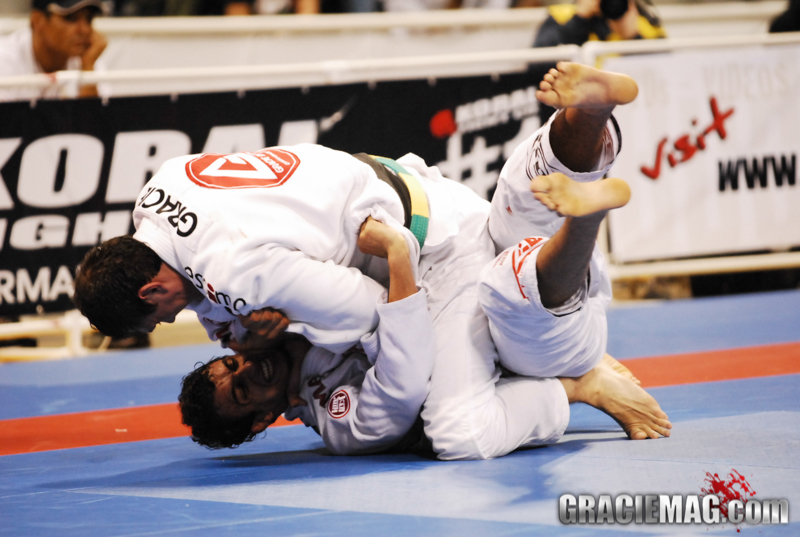There is nothing more frustrating in BJJ than to do all the hard work of getting to a dominant position only to have your partner escape immediately.
In this short video, BJJ black belt and Escapology BJJ head instructor, Tom Barlow shares a simple way to counter one of the most common escapes from mount; the hip escape.
You can watch the full 15+ minute video now at Escapology Online. Click the button below to learn more:

